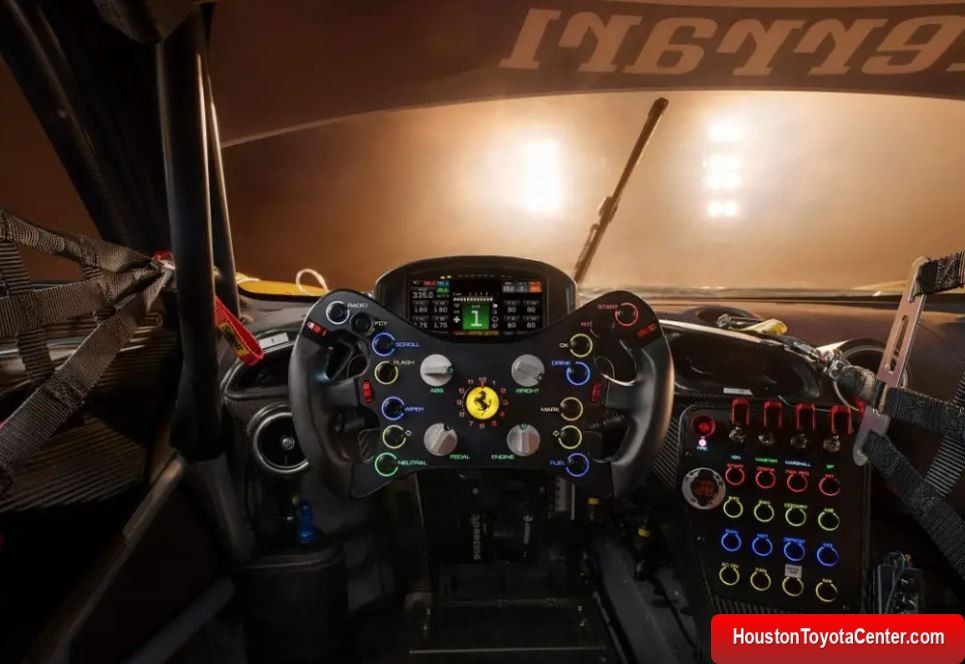After so much criticism from its own customers, Ferrari has decided to take a step back from one of its most controversial bets in recent years: touch-sensitive controls on the steering wheel.
The Italian brand now confirms that it will once again adopt physical buttons, both in future models and as a retrofit option for existing models.
The change was initially introduced in the new Ferrari Amalfi, the brand’s entry-level model. The car debuted a steering wheel with a new physical control layout, a solution that immediately pleased the most purist enthusiasts.
The same type of control had already appeared before on the 296 Speciale, a version focused on the tracks, and will now be adopted more widely.
FREE: Quickly identify and understand problems with your vehicle 🚘
CLICK HEREThe big news is that Ferrari will allow the installation of this new set of buttons in recent models that still use the touch system. Among those compatible are the Roma, Purosangue, 296, SF90 and the recently launched 12Cilindri.
This means thousands of owners will have the chance to ditch the criticized system and update their cars with the new solution.
According to Gianmaria Fulgenzi, Ferrari’s head of product development, the retrofit will be simple. “We don’t need to change the entire steering wheel, just the central part,” he said in an interview with Top Gear magazine .
The replacement can be carried out at authorized dealerships, without the need to send it to the factory in Maranello.
The decision was made after listening to customers. Many reported difficulties in operating the touch-sensitive controls, which required more visual attention and, consequently, diverted focus from driving.
Something that goes against Ferrari’s own motto: keep your hands on the wheel and your eyes on the road.
Initially, Ferrari opted for touch controls as a way to bring more modernity and response speed. Inspired by smartphones, the idea seemed promising during the development of the SF90.
But everyday use has shown that technological innovation does not always translate into a better driving experience.
Enrico Galliera, the brand’s commercial and marketing director, acknowledged that the previous system was perhaps “too advanced” and that drivers had not adapted as expected.
Still, he made it clear that Ferrari is not completely ruling out the use of touch technology, it is just adjusting the project based on public feedback.
While the price of the upgrade kit has not been disclosed, it is unlikely that the cost will be a deterrent for owners. After all, we are talking about a clientele that is accustomed to investing heavily to keep their vehicles to the highest possible standard.
With the official announcement of the retrofit, it is likely that authorized Ferrari workshops will see a significant increase in demand for this replacement.
For many owners, the change represents not only more comfort and practicality, but also a more direct connection with the essence of the car.


Leave a Reply